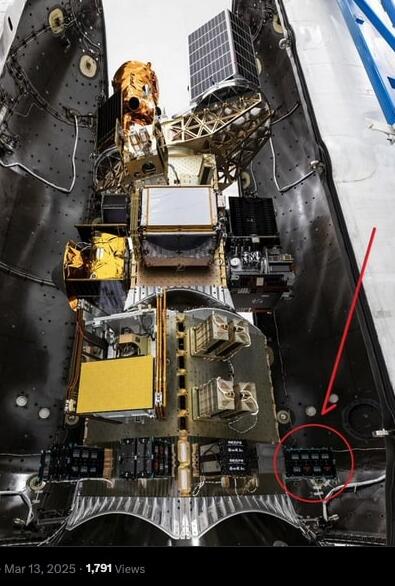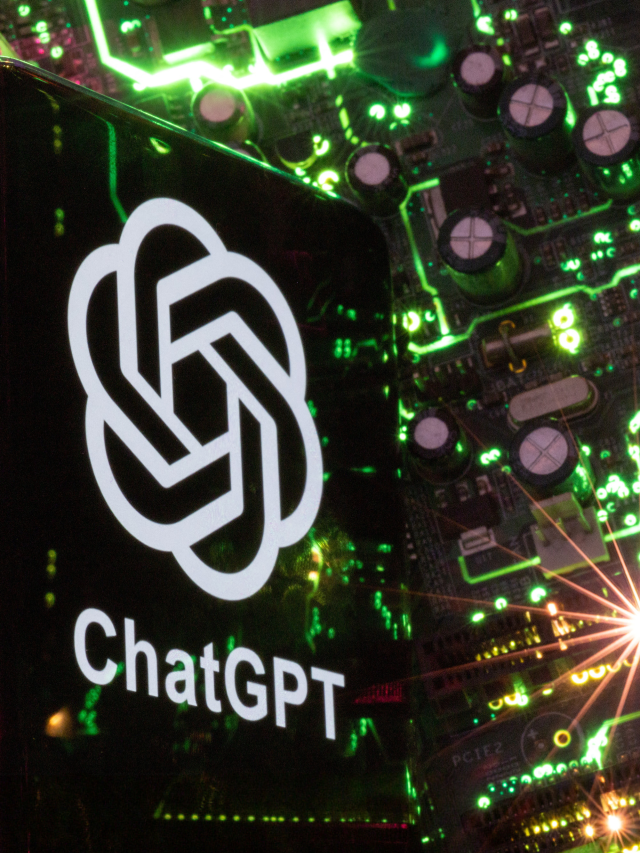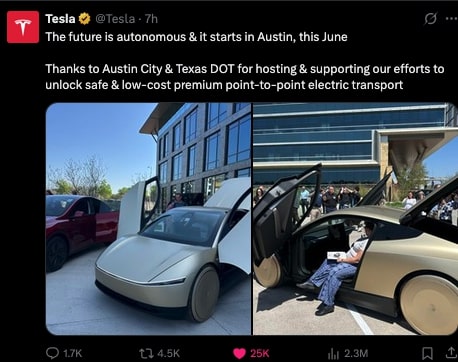Now Reading: Another IVO Quantum Inertia Drive Attempt
-
01
Another IVO Quantum Inertia Drive Attempt
Another IVO Quantum Inertia Drive Attempt

RogueSpaceCorp launched the OTP-2 satellite with the @ivo_ltd Quantum Drive as a payload.

Another IVO quantum inertia drive is in orbit now and will be turned on within a few to ten weeks and then operated for many weeks or months.
The previous satellite had communications failure and the IVO drive was not activated.
The IVO quantum inertia drive is very controversial because it would go against many theories in physics.
Let us assume the 52 millinewton drive using 1 watt of power from a drive that weighs about 200 grams works.


We will only know that the drive works for however long the experiment is run. We will know if the 52 millinewtons of thrust from lab tests is achieved in space and if the thrust stays constant.
Changing Altitude and Speed
If the IVO inertialess quantum drive provides 52 mN of thrust for a few weeks (e.g., 3 weeks), it will significantly alter the satellite’s orbit by applying continuous prograde thrust. For a 10 kg satellite, the orbit could increase from 400 km to over 11,000 km or even escape Earth’s gravity if it was operated for many weeks. For a 200 kg satellite, the altitude might rise by approximately 2,000 km). The orbit spirals outward, remaining nearly circular, with the center of mass elevated to a higher altitude. The drive achieves this by thrusting in the direction of the satellite’s motion throughout its orbit. I think they will only operate it for maybe a dozen hours. I expect only tens of kilometers of orbit change.


If it works and operates for months and the thrust is constant, it would give some confidence that it should continue to operate for years. However, until we do make devices that operate for years we won’t know for sure. There is also the need to replicate many devices and probes and achieving the same or more thrust. We will need more tests to get to some estimate of reliability.
IF IVO is real and they cannot scale past 1 watt for one device, then maybe we have a constant 52 millinewtons for 200 gram drive. This would be without fuel limitations. However, we will not know if there are other limitations until we try to push the various limits.
Mike McCulloch thinks both power and thrust can be improved. But this all depends upon actual experiments. He designed a proposal where he has 400 watts of power from an RTG and scaling to about 20 newtons. This would get to Proxima in 12 years IF these things work.

If many devices achieve additive thrust then 400 one-watt devices drawing a total of 400 watt still gets us the Proxima in 12 years.
Let us pretend they cannot stack and cannot scale at all. Either capability still means a form of Star Trek impulse drive or the Expanse drive.
IF all we have is IVO with 52 millinewtons for a 200-gram drive. No improvements, no making into an array. But no fuel, and thrust so long as there is power.
If the probe is 10 kilograms, then 52 millinewtons and operates for one decade, then the probe goes to 1732 AU in 10 years.
The probe mass budget works out with a nuclear isotope power source (5 kilograms or less) and 4 kilograms for the telescope.
a = force / mass^2
a=0.0052 m/s^2
Currently running on ion drive needs fuel. Months or a few years of fuel is about like 1 ton per year. The Quantized Inertial drive operates with thrust independent of fuel.
IVO working means a 10 kilogram probe gets to the solar gravitational lens are in 64 months out at 500 AU (20 times further than Pluto).
45 months with double the acceleration. Just changing the mass to a 5 kilogram probe instead of 10 kilograms gets double the acceleration with the same 200 gram drive.
91 months with half of the acceleration. Changing the mass of the probe to 20 kilograms drops the acceleration in half.
Acceleration and distance come from the time of constant acceleration.
The benefits of in-orbit operations are described in the DARPA $17 million per Otter program. Orbital or in-space movement without regret.
The Otter program will develop and demonstrate space technologies that enable operations in new orbital domains that are currently inaccessible. Capabilities demonstrated will provide increased mission duration and ability to maneuver without regret.
No more concerns about delta-V. Delta-V becomes only limited by time of operation and the applicable power levels converting to thrust.
The IVO drive would also be beyond perpetual motion energy threshold, which is what freaks out physics people.
They have not operated the devices for months or years in space. Is there degradation, is there other limits to the mechanism and process.
There are limits on electrical and mechanical processes. You can build up too much charge or hit capacitance limits. There are assumptions that the Unruh radiation processes do not have the normal limits. There are limits on wind sails and wind turbines, because we are capturing an effect from a different process. IF the Unruh radiation process works we will have to confirm the theories are write and all of the details of what is happening and why. There will be many limits but we will do understand them yet.
Rowing a Boat to Wind Sails
All of our existing propulsion involves propellant. This is somewhat like rowing a boat where we must feed the rowers food. It is also like a coal powered ship where many tons of coal drive the turbine.
The new IVO drive could be a variant of wind sailships on earth or solar sail in space. The sail ships have no fuel or propellant but they are leveraging other processes and effects to capture thrust.
We have theories about how Quantized Inertia works, but we don’t know it if works yet (other than the lab tests which are disputed) and we do not know if the theories or any aspects of scaling are correct either.


Wind turbines are not perpetual motion machines because they convert wind’s kinetic energy into mechanical energy, which means the movement of air after the turbine is less.
Once we confirm that IVO and other Quantized Energy systems work, then we need to understand exactly how they work and what bounds there are and if scaling and duration do work. We then need to explore and understand the theories and systems. The virtual particles and the Unruh radiation could be part of a larger process of wind like effects and processes.
The sailship analogy goes to if quantized inertial drives will have additive thrust or not. Multiple sails can interfere with each other. There is a maximum wind speed and other issues around what is being captured. This indicates we will only really know by doing the tests with Quantized Inertia.
The name itself quantized inertia is somewhat like lowering friction. The device could be operating like a localized reduction in friction. Ifwe put a lot of grease under an object to lower friction, then this can cause something to start sliding down a hill. We assume the device will work everywhere but we do not know if it is dependent upon being in a magnetic field or a gravitational well. We have theories where it is independent but we do not know.
The perpetual motion argument goes away if we know what is being converted and the environment in which the device is operating.

Brian Wang is a Futurist Thought Leader and a popular Science blogger with 1 million readers per month. His blog Nextbigfuture.com is ranked #1 Science News Blog. It covers many disruptive technology and trends including Space, Robotics, Artificial Intelligence, Medicine, Anti-aging Biotechnology, and Nanotechnology.
Known for identifying cutting edge technologies, he is currently a Co-Founder of a startup and fundraiser for high potential early-stage companies. He is the Head of Research for Allocations for deep technology investments and an Angel Investor at Space Angels.
A frequent speaker at corporations, he has been a TEDx speaker, a Singularity University speaker and guest at numerous interviews for radio and podcasts. He is open to public speaking and advising engagements.























